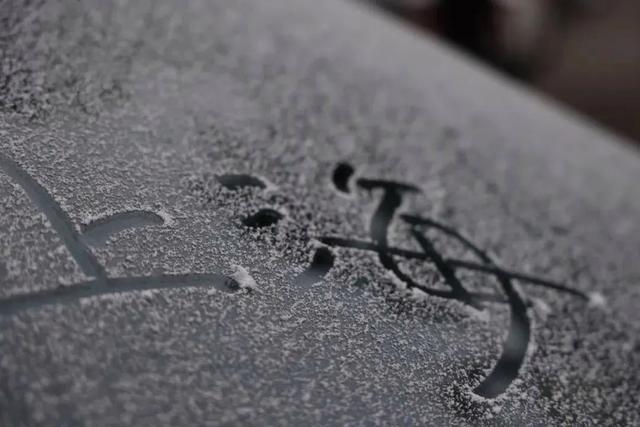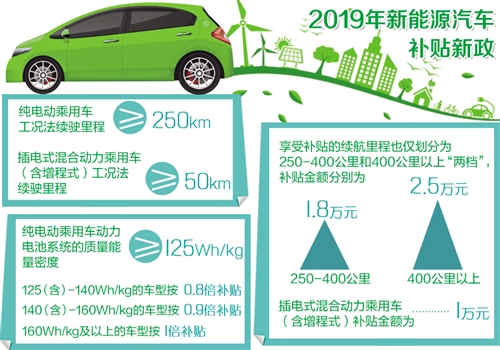CCTV News:Data show that by the end of the first quarter of this year, the cumulative promotion of new energy vehicles in China is expected to exceed 10 million. The relevant person in charge of the National Development and Reform Commission said on March 26th that the new energy automobile industry in China has gradually entered the market-driven stage. In the new development era, vehicle enterprises will not add new production capacity until the existing base reaches a reasonable scale. While promoting the accelerated development of the new energy automobile industry, it pays more attention to the overall improvement of quality and brand.
The proportion of private consumption of new energy vehicles increased from 47% to 78%.
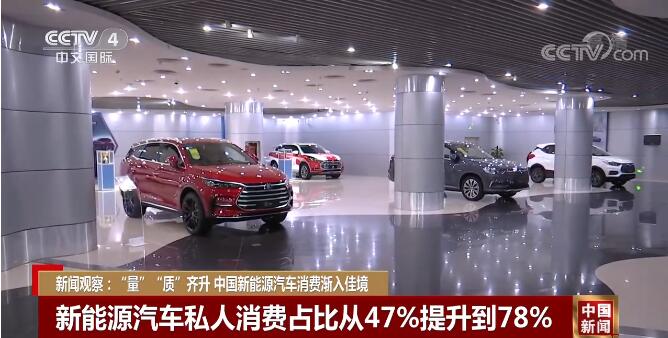
Lin Nianxiu, deputy director of the National Development and Reform Commission, said that in 2021, new energy vehicles will be driven by both market and policy. Compared with the initial period of the Thirteenth Five-Year Plan, the proportion of private consumption has increased from 47% to 78%, and the proportion of private consumption in non-restricted cities has increased from 40% to 70%. While the degree of marketization is increasing year by year, it is necessary to make overall arrangements for the high-quality development of the new energy automobile industry.
Lin Nianxiu, Deputy Director of the National Development and Reform Commission:Guide industries to gather in areas and main bodies with good development foundation and full capacity utilization, and focus on building internationally competitive industrial clusters in the Yangtze River Delta, Pearl River Delta, Beijing-Tianjin-Hebei, Chengdu-Chongqing and other regions. (In addition, vehicle enterprises should highlight the key layout, rely on the development of existing production bases, and no new production capacity will be distributed until the existing bases reach a reasonable scale.
China strengthens clean-up and rectification of illegal projects of new energy vehicles.
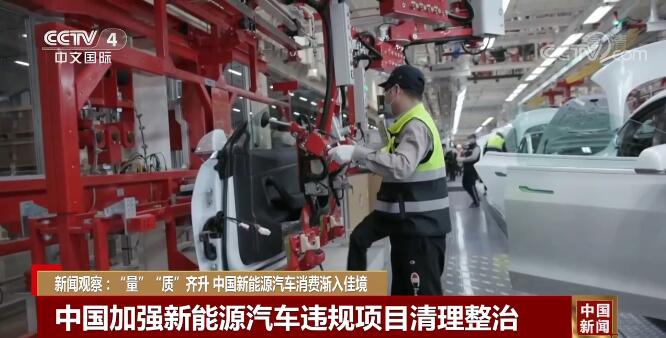
Lin Nianxiu said that China will also strengthen the clean-up and rectification of illegal projects of new energy vehicles, and investigate and deal with illegal behaviors such as unapproved construction, zero-batch construction, and construction while approving. At the same time, standardize the merger and reorganization of vehicle enterprises, and vigorously promote the withdrawal of backward enterprises and ineffective production capacity.
By the end of the first quarter, the cumulative promotion is expected to exceed 10 million vehicles.
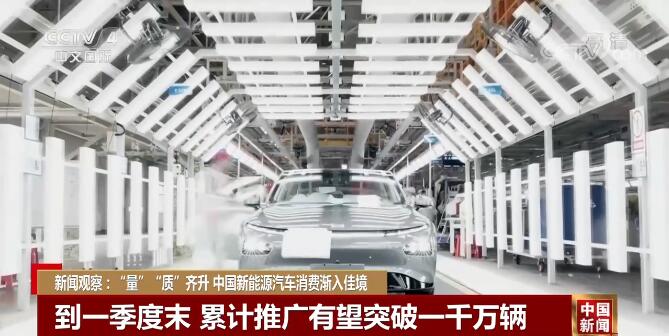
It is reported that by the end of the first quarter of this year, the cumulative promotion of new energy vehicles in China is expected to exceed 10 million. New progress has been made in key technologies of new energy vehicles, positive progress has been made in sodium ion batteries and modular power exchange, and the computing power of artificial intelligence has reached the international advanced level. At the same time, new energy vehicles still have some shortcomings in terms of quality and safety, low-temperature adaptability, etc. The integrated development of electrification, intelligence and networking needs to be continuously deepened.
Xin Guobin, Vice Minister of Industry and Information Technology:In 2021, China enterprises obtained more than 30,000 patents related to new energy vehicles, accounting for 70% of the global total, and saw new achievements in comprehensive income. By the end of 2021, the cumulative consumption of new energy vehicles was about 1.6 trillion yuan, driving the output value of upstream and downstream industrial chains to about 4.8 trillion yuan, and reducing carbon dioxide emissions by more than 100 million tons.
We will continue to strengthen top-level design and optimize supporting policies.
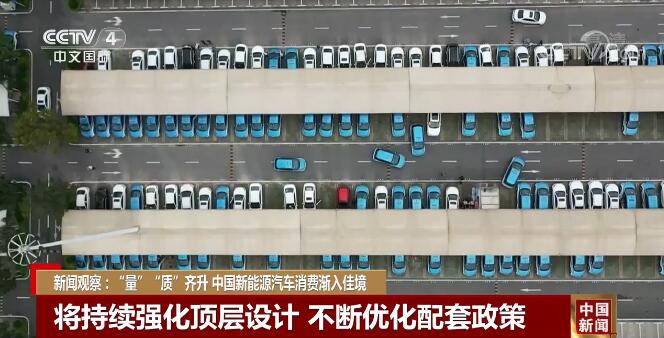
Lin Nianxiu said that the steady growth of the automobile industry has provided strong support for reviving the industrial economy. In particular, the development of new energy vehicles in China has achieved new breakthroughs and become a new bright spot for the high-quality development of the automobile industry. However, problems such as blind investment and disorderly development of new energy vehicles still exist to varying degrees. In the future, we will continue to strengthen the top-level design, continuously optimize supporting policies such as scientific and technological innovation, industrial layout, tax incentives, and infrastructure construction for charging and replacing electricity, and pay more attention to the overall improvement of quality and brand while promoting the accelerated development and growth of the new energy vehicle industry.
